Triple 9: Kate Winslet and co-stars at the press conference
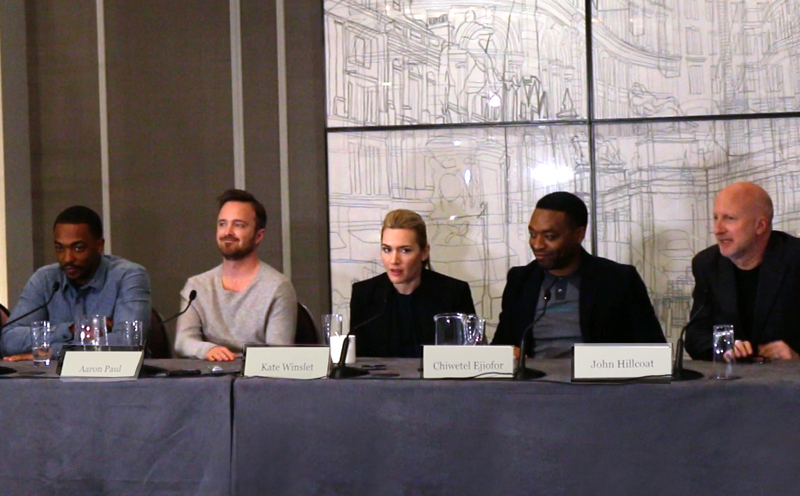
Ahead of the release of John Hillcoat’s latest thriller, Triple 9, The Upcoming caught up with the stars and the director for a chat about what makes the movie stand out and Kate Winslet’s dreadful red boots.
John, how much harder is it to make a film like Triple 9 these days, in a market dominated by franchises and adaptations?
John Hillcoat: Oh, it’s very tough, it took a long time to get there and to find something. It’s a challenge, especially in this kind of genre, to try and find something that’s still fresh. There are plenty of crime thrillers out there, but in terms of material this one was just fantastic – the whole idea of the triple nine I hadn’t heard of before and it created this very rich moral dilemma.
Chiwetel, what was it about Triple 9 that grabbed you?
Chiwetel Ejiofer: Well, it was a number of things. First of all, just having John involved. We talked about this a long time ago, several years ago, and the concept and the idea of it has always been so intriguing. But I’ve always been such a huge fan of John’s films – it’s kind of awkward that he’s sitting right here as I say that. He’s such a brilliant visual filmmaker so I was thrilled to try and tell this story, and it’s a great character and pulling that together with the terrific casting it was a very easy decision.
Kate, were you taken aback that you were in mind for this role, considering how different it is from many of your previous roles?
Kate Winslet: I was, yes. It’s nothing like anything I’ve ever done before and as Chiwetel was just saying, I’ve long been an admirer of John’s work as a director. As a storyteller, I think he comes out very violent and often quite bloody. But what he does, unashamedly so, is throw in all the violence and everything he wants visually and he takes out all the music and he takes out all the sound effects and he just tells a story for what it is. There’s an honesty in it that I have admired since seeing The Proposition, so I did feel very excited to be involved and to do something very, very different. Also, this film was made quite a while ago and I had just had a baby and I have to be honest, just from an acting standpoint, I wanted a short, sharp jolt back into reality. I wanted to feel terrified, I wanted to feel out of my comfort zone and to work with a great group of people and get that feeling back.
Aaron, you’ve worked across film and TV, and it’s said that TV is the place to explore depth of character – but Triple 9 manages to do this in a couple of lines. Was this part of the appeal for you?
Aaron Paul: Oh, absolutely. And just to reiterate what these guys were saying: it’s really John that made this one stand out. I’m so used to offers coming in to me that are just terrible scripts, but then I see John Hillcoat is attached and I know it’s gonna be a gritty, raw, honest film and that’s exactly what it was.
Anthony, obviously, with ensemble casts like this there are some actors you don’t even meet on set. Does that make it strange when you see the film put together?
Anthony Mackie: It is because this movie was really broken up in a way – in how it was shot – into two different worlds. The Russian mafia part involving Kate was shot early and we actually only met one day on set when we were doing a shoot-out in the parking lot, and she walked up like “Hey guys!” and I was thinking: “Wow! You’re in this movie! John wasn’t lying to me!”
KW: We all have just spent more time together in the last 24 hours than on set – but when I did go and visit the set on that day I had finished my shooting about seven, eight weeks earlier and I was back in Atlanta shooting Insurgent so that’s how spread out it really was.
AM: And it was funny because, shooting like that, the movie takes on two completely different worlds. Like, I’m sure when the first part was shot it was very calm, very organised but when you put all those dudes together it was just chaos all day! You know, John was doing more wrangling than he was directing! Because we were having a very good time!
John, we’re guessing that the wrangling began even before the shooting did, simply with lining up schedules?
JH: Yeah, that was a real challenge, juggling that many parts and how they all fit. But what was amazing about it, and what I was really blessed with from this cast, was the commitment and the way that each of them had their own way of taking on the world that they came from. You know, because we’re dealing with an extreme worlds. Just using Chiwetel as an example – the Navy SEAL’s trainer basically said if he does want to change profession “come to us”.
Has that tempted you, Chiwetel?
CE: Yeah! Give up this game, I need a war!
John, could you discuss any discarded plotlines or deleted scenes that didn’t make the final cut?
JH: Well, where do I begin? Actually, there was a little bit here and there. They’ll be on the DVD as extras but we actually changed one of the character’s murder scenes. Is that a spoiler? But I think it works much better and we’ll be putting in the old version on the DVD. But, inevitably, it happens. It’s a balancing act and it’s very difficult. I hope no one holds it against me!
Kate, was it interesting playing a character who ruthlessly uses a young child in the film so soon after having your own?
KW: Yeah, it absolutely was. It was one of those very rare situations for me, as an actor, where I couldn’t identify with any of this woman at all. You know, I couldn’t empathise, I couldn’t make peace with anything that she did and said. I certainly couldn’t empathise with anything she wore or her hair. But it was fun, it was really fun to do something so different; it was fun to wear those terrible costumes and to have that huge wig and hairdo. Actually, John and I spent a lot of time talking about the look of her, because she had to look as though she believed she was put-together and well-dressed and a woman of wealth, when actually she looked a little bit trashy a lot of the time! But that was also part of the plan you know: nails just a little bit too long, the colour not really that nice, the hair just a bit too high, two inches of re-growth, red boots with red tights, with a red coat. But it was fun, it was really fun.
Kate, how much does your character change when you put the costume on?
KW: I think we could probably all answer that question with – and I certainly feel that – it sort of changes everything when the costume goes on or in some cases comes off. I don’t think you can play that part until the look is put together so it was a big part of it, yeah. Wouldn’t you agree, boys?
JH: You know, I think a huge part of that is hair. I can’t speak to that myself but finding the right style – and I remember with Aaron, he had a rather radical hairstyle so that sort of outside-in is an important thing, I would imagine.
John, how do you make sure that the violence of the film doesn’t overwhelm the human drama?
JH: I take violence very seriously. I grew up in America in a very violent time. As a young kid, I’ve seen violence; I’ve been a victim of violence, so I take violence very seriously and I think that basically, no one comes out unscathed. There’s no victors, it’s not black and white and there’s always an element of chaos. So I try to be truthful about it and it’s more about what builds up to it and what follows it. I think you can see that in the film.
Is this a film that you want people to take something away from or is it just a bit of good violent entertainment?
JH: Well, I think it’s a bit of both. The idea was to create a film that was very contemporary and was showing how America is now in this world, where all the stakes have been raised right across the board. You know, including the militarisation of the police and they have their own SWAT training and everything’s been ramped up. In fact, the days in the criminal world of the Italian Mafia – those were like the good old days when things were pretty quiet.
John, I think everyone will agree that there’s a certain darkness to your films. What attracts you to these stories?
JH: Well, I love genres that put characters under pressure because that creates conflict and I like to do a lot of research. A lot of these genres are extreme worlds so it sort of goes with the territory. But my children’s film and my romantic comedy are coming.
KW: I just want to say something that I had forgotten about. Because John is so visual as a director, one thing that he did for all of us – and the crew – that I was so grateful for, was he put together a book of visual references that had been helpful to him in telling this story. So his visual intentions, he shared with all of us so that everyone, including the crew, were on the same page and that was really impressive to me. Because you’re often left to your own devices and you’re working in this group but everyone’s off doing their thing. But that really pulled everyone together and that was important in something like this because we did all need to be telling the same story. Because how, as actors, how do you go and research these types of roles? I couldn’t research that part so I found that incredibly helpful. I wish every director did that.
John, is that something you always do or did you just do it in this case?
JH: I have enormous respect for actors because they are the ones, at the end of the day, who have to try and get the truth. And they’re what you’re really looking at, and to have them under that pressure of time and schedule and all the rest going on… To be able to do that is an extraordinary thing. So, I think if I can share what the movie is and help in anyway, I’m very glad to hear that. I feel if it’s more of a shared experience. Everyone can contribute, and you have something to respond to, as opposed to all these pockets.
And Kate’s red boots, were they a specific touch of yours?
JH: No that was Margot Wilson.
KW: John’s costume designer, who I have since worked with again on The Dressmaker, but there was a moment – I don’t even know if you remember this – but the scene in the restaurant, between Chiwetel and myself, was filmed quite late in the evening and we ended up wrapping at about two in the morning. As we wrapped there was an extra who stood up and a chair fell backwards – they were very heavy chairs – and for some reason the back landed right on the knuckle of my big toe and actually managed to break my toe! It’s still broken, it still clicks out but my first thought was: “Shit! It’s the red boots scene tomorrow and I’m never gonna get the boots on!” And I was so determined to get those boots on because it was so important to poor Margot! Anyway, they made it into the movie, with the broken toe!
JH: We are selling the red boots as merchandise.
Kate, have you got a taste for playing the villain now?
KW: I don’t know, I haven’t honestly thought about it. I loved it, I really absolutely loved it. Probably. Yes, I think so. It didn’t feel comfortable in any way shape or form, and I did really have to see it as it was: a story. It was all made up, it was a character, it’s not real – I had to sort of go “it’s not real! It’s not real!” and all of that stuff but yeah, I’d love to. It’s very much a different genre for me and to work with all of these guys, it was very much fun to be part of something so great.
Aaron, you’ve played troubled roles in the past. What is it that draws you to these roles in particular?
AP: I have no idea. This character was just going to throw so much, and as an actor it’s always fun to put yourself in someone else’s shoes. And for me, I love playing the really intense, emotional characters. I have no idea why.
AM: His life is so awesome, he has to have some bad in all that good.
AP: Yeah, that’s exactly it!
John, as a visual storyteller how important is colour in this film, especially red?
JH: It was definitely very intentional because I was so used to seeing – especially dealing with police – the colour blue. You know, we even changed the police lights to amber and red as much as we could control. Also, the crime world, and a lot of this type of film, is New York-based, or East Coast-based but we were dealing with Atlanta. You know, the heat and it was sort of hot.
AP: Sort of hot?
JH: So to enhance that, but mainly colour is very powerful. Red’s a very emotional colour and I wanted to avoid blue in this genre. I felt it had had its day.
Natasha Furlong
Triple 9 is released nationwide on 26th February 2016.
Read our review of Triple 9 here.
Watch our footage of the press conference here:

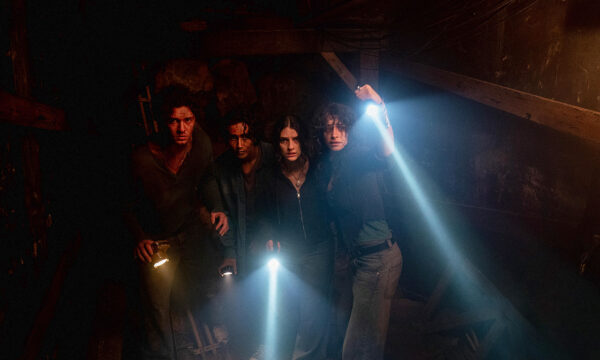
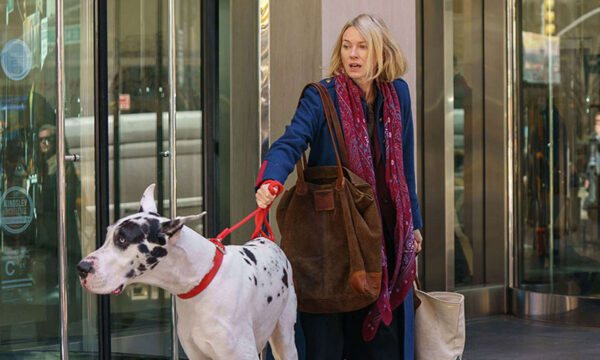
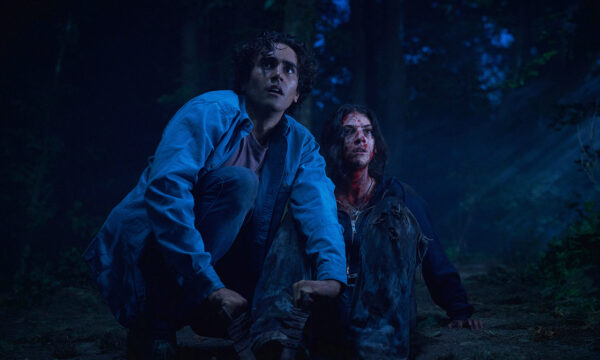
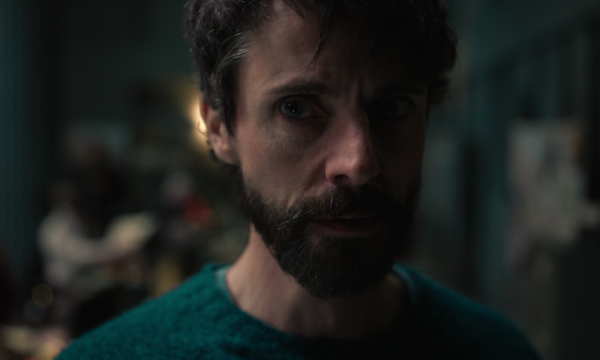
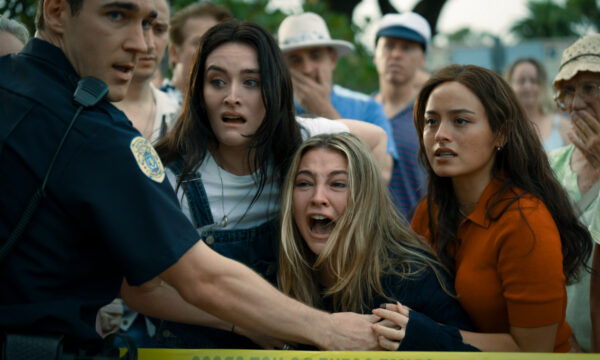
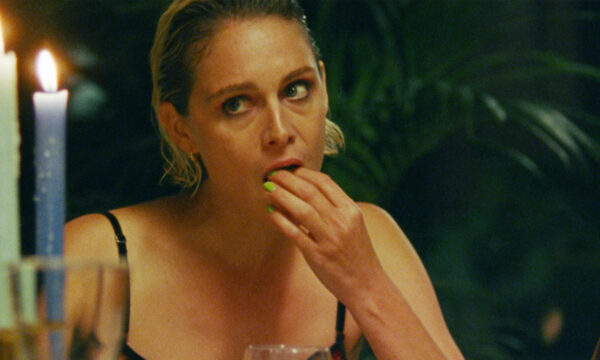
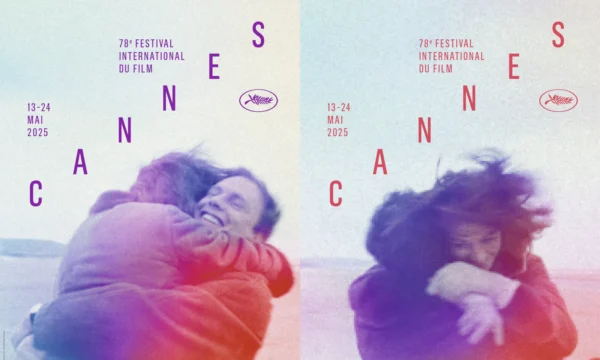
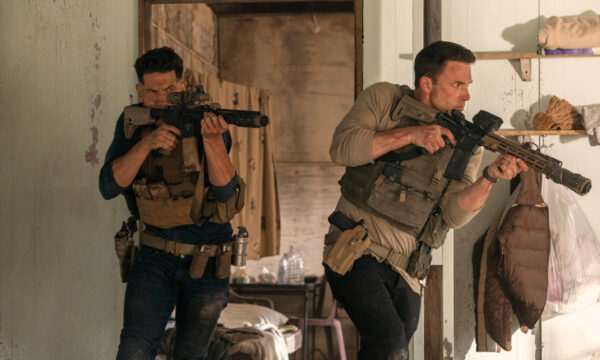
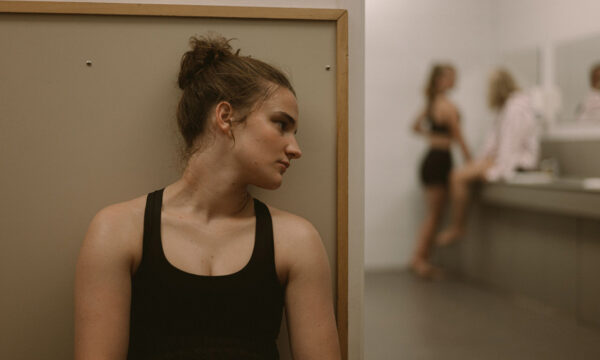








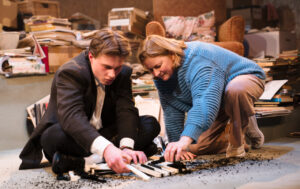




Facebook
Twitter
Instagram
YouTube
RSS